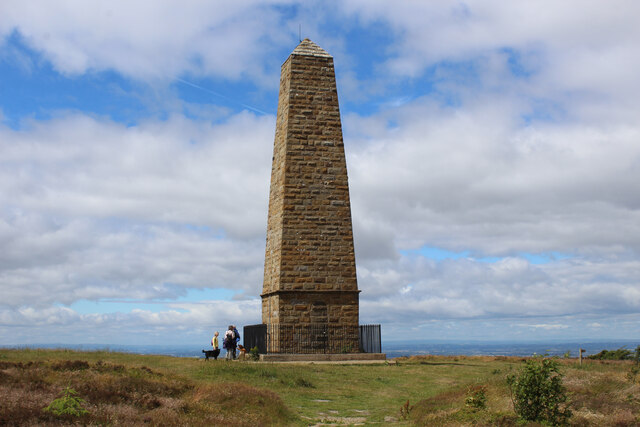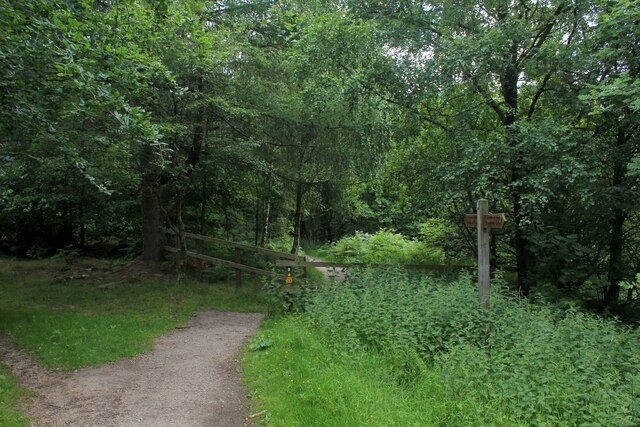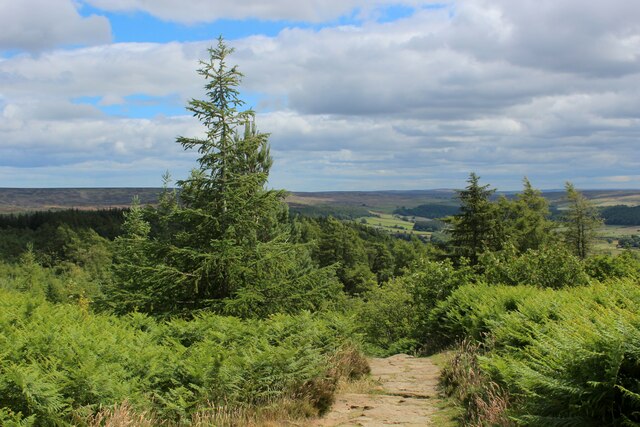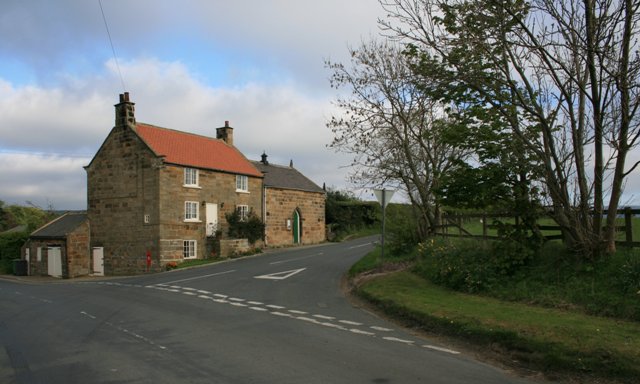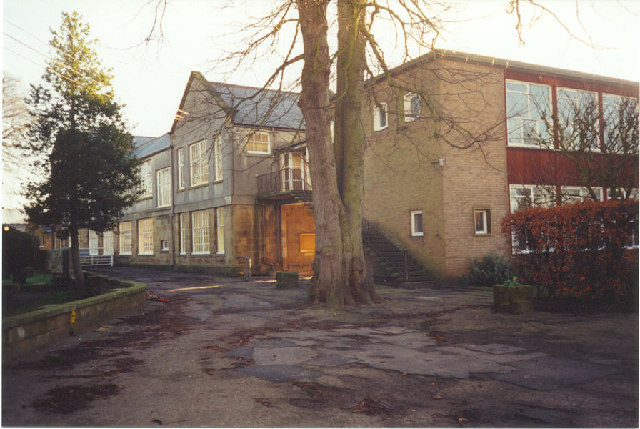Ayton Banks Wood
Wood, Forest in Yorkshire Hambleton
England
Ayton Banks Wood

Ayton Banks Wood is a picturesque forest located in the region of Yorkshire, England. Covering a vast area, it is characterized by its lush greenery, diverse flora, and tranquil ambiance. The wood is situated near the village of Ayton, contributing to its name.
The forest boasts a rich biodiversity, with a wide variety of trees including oak, beech, birch, and ash. These towering giants provide a dense canopy that filters sunlight, creating a cool and shaded environment beneath. The forest floor is carpeted with a vibrant array of wildflowers, ferns, and mosses, adding to its natural beauty.
Ayton Banks Wood is a popular destination for nature enthusiasts and walkers, offering numerous trails that wind through its enchanting landscape. These paths provide opportunities for visitors to explore the woods, observe wildlife, and enjoy the serenity of the surroundings. The forest is home to various bird species, including woodpeckers, thrushes, and owls, making it a paradise for birdwatchers.
The wood's tranquil atmosphere and natural beauty make it an ideal spot for relaxation and picnics. Visitors can find secluded spots to unwind, immerse themselves in nature, and listen to the soothing sounds of the forest.
Ayton Banks Wood is not only a haven for wildlife and nature lovers but also a valuable resource for the local community. It contributes to the region's biodiversity and serves as an important habitat for a range of species. The forest is protected and managed to ensure its preservation and continued enjoyment for future generations.
If you have any feedback on the listing, please let us know in the comments section below.
Ayton Banks Wood Images
Images are sourced within 2km of 54.486871/-1.0968488 or Grid Reference NZ5810. Thanks to Geograph Open Source API. All images are credited.

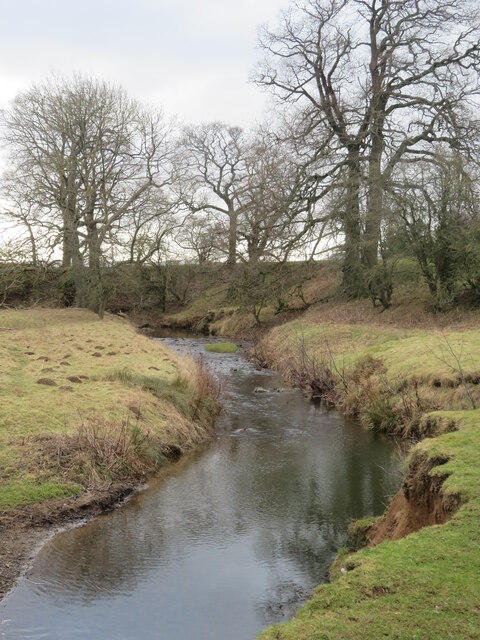
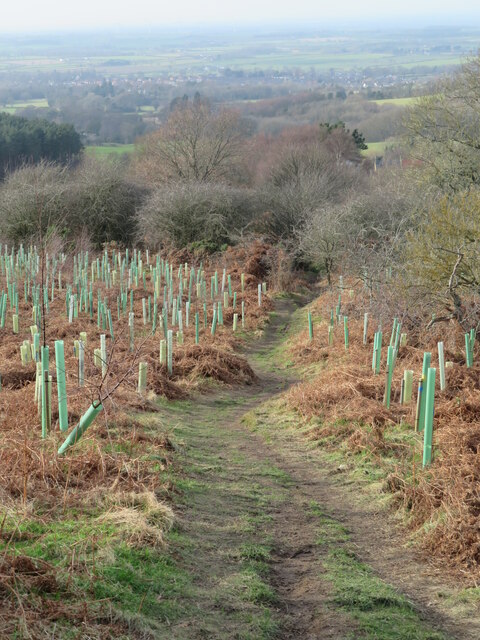
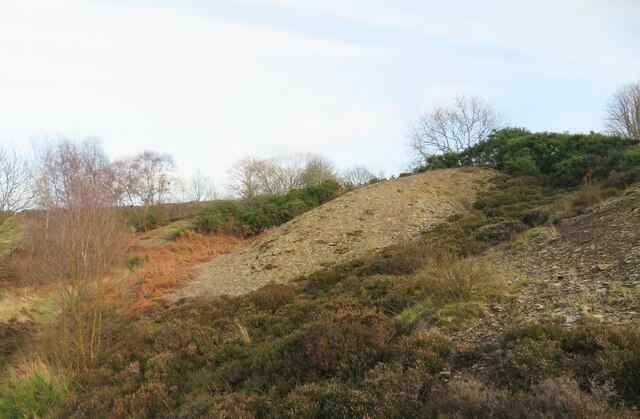

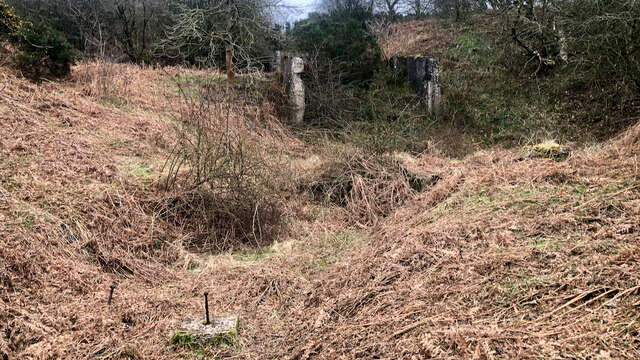
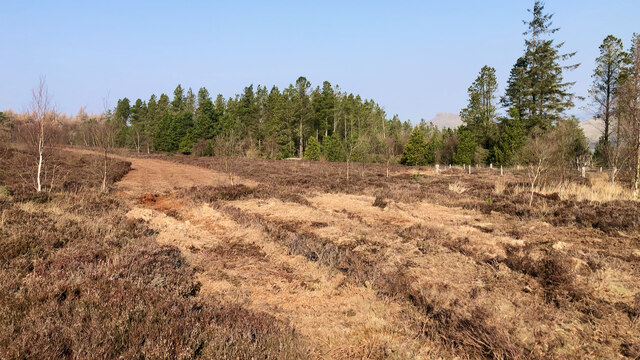
Ayton Banks Wood is located at Grid Ref: NZ5810 (Lat: 54.486871, Lng: -1.0968488)
Division: North Riding
Administrative County: North Yorkshire
District: Hambleton
Police Authority: North Yorkshire
What 3 Words
///firework.twitchy.firewall. Near Great Ayton, North Yorkshire
Nearby Locations
Related Wikis
Easby Moor
Easby Moor is a hill located in the civil parish of Little Ayton in the North York Moors national park within the Cleveland Hills, North Yorkshire, England...
Great Ayton railway station
Great Ayton is a railway station on the Esk Valley Line, which runs between Middlesbrough and Whitby via Nunthorpe. The station, situated 8 miles 37 chains...
Little Ayton
Little Ayton is a village and civil parish in Hambleton District of North Yorkshire, England and lies immediately south of Great Ayton. The population...
Roseberry Mine
Roseberry Mine was an ironstone mine in the North Riding of Yorkshire, England, which operated between 1883 and 1924, with a break of 24 years. Both periods...
Easby, Hambleton
Easby is a village and civil parish in Hambleton District of North Yorkshire, England. It lies approximately 2 miles (3.2 km) south-east of Great Ayton...
Kildale railway station
Kildale is a railway station on the Esk Valley Line, which runs between Middlesbrough and Whitby via Nunthorpe. The station, situated 12 miles 65 chains...
Roseberry Topping
Roseberry Topping is a distinctive hill in North Yorkshire, England. It is situated near Great Ayton and Newton under Roseberry. Its summit has a distinctive...
Great Ayton Friends' School
Great Ayton Friends' School (1841–1997) in Great Ayton, North Yorkshire, England, was an independent, co-educational, agricultural boarding school, run...
Nearby Amenities
Located within 500m of 54.486871,-1.0968488Have you been to Ayton Banks Wood?
Leave your review of Ayton Banks Wood below (or comments, questions and feedback).



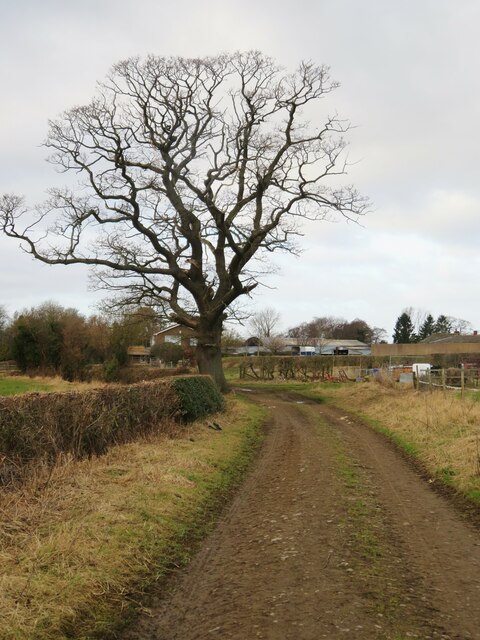
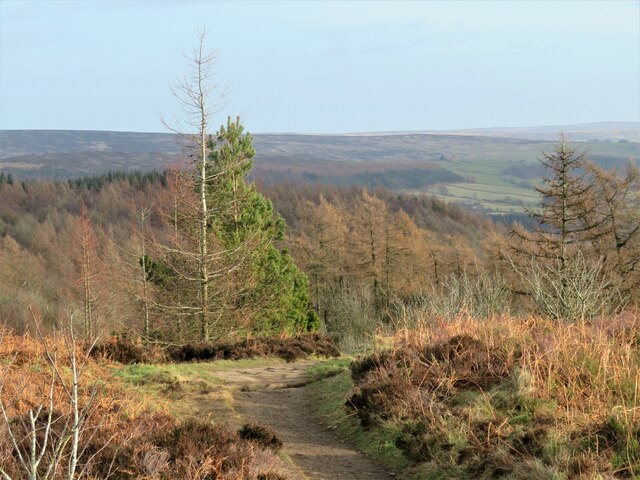
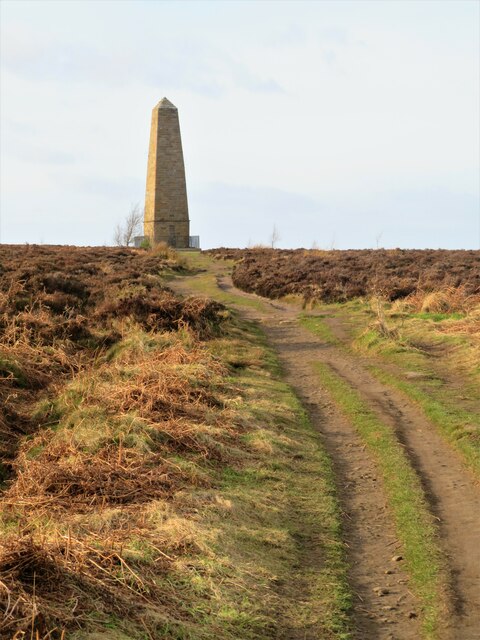
![Path down to the car park A heavily used path that is part of the Cleveland Way and is also the easiest way to the Captain Cook monument from the road. Much less litter [particularly doggy poo bags slung into trees] than on my last visit. No doubt some clearing up by public spirited people.](https://s2.geograph.org.uk/geophotos/07/08/58/7085818_3af55e8d.jpg)

